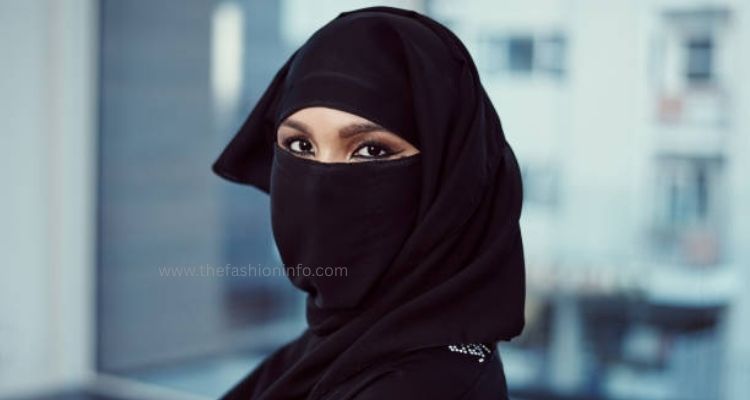When you hear the word burka, what comes to mind? Maybe you picture a full-body covering worn by some Muslim women. The burka is more than just clothing—it holds cultural, religious, and sometimes political significance. Let’s get to know the burka, its meaning, differences from other coverings, and why it matters today.
Table of Contents
What is a Burka?
A burka is a loose garment that covers the entire body from head to toe, including a mesh screen or grille over the eyes to allow vision. It is worn by some Muslim women to maintain modesty and privacy in public spaces. I remember a documentary where a woman explained how wearing a burka’s gave her a sense of protection and identity.
What’s a Burka vs Hijab?
People often ask, “Burka vs hijab, what’s the difference?” The hijab covers just the hair and neck but leaves the face exposed. The burka’s covers the whole body and face, with only the mesh panel for eyes visible. Both reflect values of modesty, but they differ in design and cultural context. A friend of mine first confused the two until we watched a detailed video explaining the variations—it cleared up a lot!
Burka Meaning and Cultural Significance
The traditional burka meaning goes beyond mere fabric. It is a symbol of cultural heritage, religious devotion, and sometimes personal choice. While many wear it as an expression of faith, others see it as societal expectation. The meaning can vary greatly depending on where you are in the world and individual beliefs.
What is the Difference Between a Hijab and a Burka?
To summarize, the key difference between burka’s and hijab lies in coverage:
-
Hijab: Covers hair and neck, face visible.
-
Burka: Covers whole body and face with mesh for eyes.
There are also other coverings like niqab and abaya, each with unique features. Learning these differences helps us appreciate the diversity among cultures.
Why is the Burqa Banned in Some Places?
In some countries, the burka’s is banned due to security concerns and cultural debates about gender and freedom. These bans often spark heated discussions about religious rights and social integration. I recall reading opinions from both sides—all debating whether the burka’s represents oppression or religious freedom.
Can Non-Muslims Wear Burka?
While the burka’s is a Muslim garment, non-Muslims sometimes wear it for cultural events, film roles, or understanding tradition. However, it’s important to approach this respectfully and with awareness of its significance.
What Profession Does the Pakistani Character Burka Avenger Follow While Leading Her Normal Life?
For fans of animation, the Pakistani show Burka Avenger features a heroine who fights evil while wearing a burka’s. Off-screen, she is a teacher—a profession symbolizing empowerment and education. The show uses the burka’s as a symbol of strength and justice, breaking stereotypes.
Burka in Everyday Life and Modern Views
Wearing a burka’s today varies widely. For some, it’s a cherished tradition; for others, a political statement or personal choice. Conversations around the burka’s often reflect broader questions about identity, rights, and cultural respect.
Conclusion
The burka’s is far more than an article of clothing. Its layers of meaning encompass tradition, faith, personal and cultural identity. By understanding the differences between burka vs hijab and exploring its symbolism, we deepen our appreciation for diversity. Whether you know someone who wears a burka’s or just want to learn, it’s a topic rich with history and humanity.

